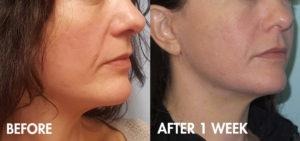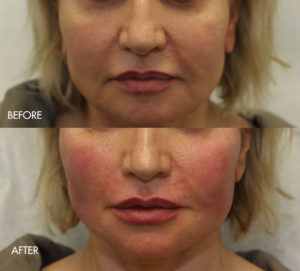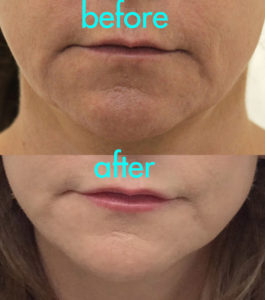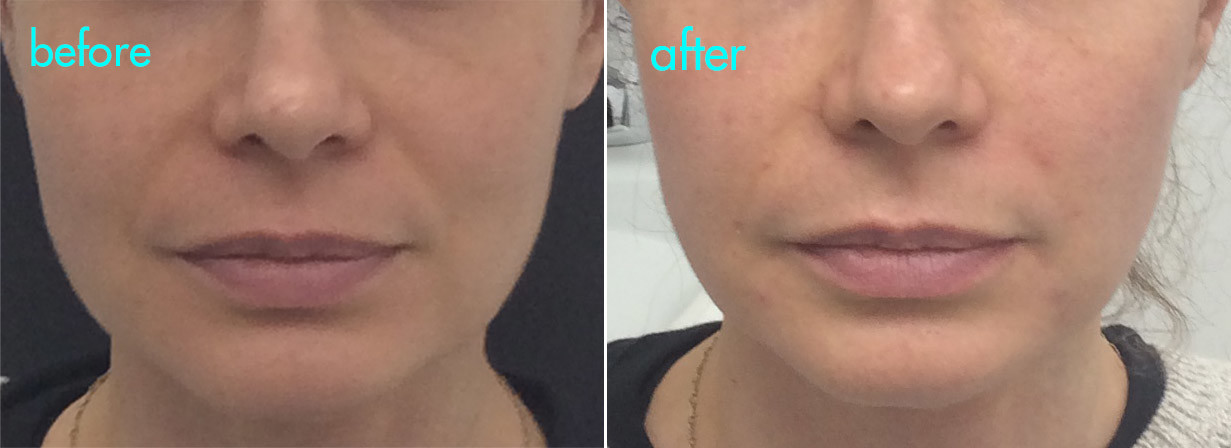Does the PDO Thread Lift Really Work as a Non-surgical Facelift?
Are you looking for a lift without surgery or scars but you’re not sure what to believe is truly effective?
While surgical facelifts can completely eliminate jowls and sagging necklines, not everyone wants full surgery because it involves incisions, anesthesia, prolonged recovery time, and significant cost.
If you research the options for non-surgical, medical-level face lifting you’ll come across
- Energy devices
- Injectable treatments (fillers / Dysport / Botox / Kybella)
- Thread lifts
The idea of a non-surgical lift sounds great but which one to choose?
The Problem with Energy-based lifts
Many doctors and spas, (particularly in NYC where nobody wants downtime) advertise non-surgical lifts based on heat being applied to the skin or under the skin. Radiofrequency lifting (e.g. Thermage, Thermi RF, FaceTite), focused ultrasound (Ultherapy), fibroblasting, plasma pen, or plasma (J-Plasma / Renuvion) are touted as a minimally invasive way to rejuvenate and tighten skin without surgical risk.
The truth is that energy and heat from these devices are either ineffective, barely effective, or in some cases detrimental by causing fat shrinkage. The promise of heat causing collagen stimulation may be true on a microscopic level but collagen simply does not lift skin. Many people find good short term results because of immediate swelling but the swelling doesn’t last.
For people who have excess fat under their chin or jawline, these energy devices may help to sculpt these areas, especially when done in conjunction with liposuction. But again, no real lifting.
How Thread Lifts Work
The current version of thread lifts use thin stitches with tiny attachment points that pull the skin and underlying tissue layers in a single direction. Generally, more threads means more pull. The threads are placed under the skin through needle holes so there is no visible scarring.
The threads aren’t so much lifting the skin as the skin is being shifted over the multiple threads and the barbs keep the skin from slipping back down.
An experienced thread lift provider will customize the type of thread, the placement of the thread, and orientation of the thread to directly address visible signs of skin looseness. The depth of the thread, the entry point planning, the number and type of threads used, the thread direction, and the technique of placement are all integral to the effectiveness of the treatment.
Thread lifts results are more subtle than surgical results because it’s a non-surgical, temporary procedure. However, many people are best served with a natural, subtle result.
Most importantly is the determination if the threads will match your expectations. An ethical provider will explain what a realistic result might look like based on their considerable experience.
Dr. Kotlus finds that threads are suitable for less than half of the patients that request them.
This is because they either have tight or thick skin or they have significant facial volume that will resist skin shifting. In these cases he will offer other suggestions.
1 week after PDO thread lift for cheek and jawline
How long can a thread lift last?
Now that we understand that a thread lift mostly lifts skin, it’s clear that a thread lift is not a permanent procedure. The skin is not a long-lasting support structure because it has elasticity and pliability. So over a period of months the skin will shift back over the threads and the result will regress. Most people achieve about 6-18 months of improvement.
Is a thread lift safe?
The short answer is yes, a thread lift is safe when performed by an experienced, skilled, and ethical physician.
The most important safety factor in modern thread lifts is that the threads are dissolvable. Lifting threads are made from the same material as surgical-grade absorbable sutures used routinely in a variety of surgical procedures.
Dr. Kotlus prefers PDO (polydioxanone) threads because they are unlikely to cause lumps and inflammation as can occur with other types of threads. The PDO threads are absorbed by hydrolysis over a period of 4-6 months.
What is Dr. Kotlus’s approach to thread lifting?
Dr. Kotlus has been performing PDO thread lifts since 2016. He has shared his expertise by training other doctors and giving courses in thread lifts after developing his own technique.
Today he routinely uses threads as a non-surgical lifting option but often his approach is to combine threads with other treatments including injectable fillers. The simultaneous treatment with volume replacement using fillers plus thread lifting provides a treatment that addresses the dual nature of facial aging that is characterized by both deflation and laxity and it reduces the reliance on a single modality to fully correct a constellation of issues.
And frequently Dr. Kotlus will decline to perform thread lifts if he believes it will not help his patient reach their goals or if there is a more effective option. Because Dr. Kotlus can offer surgical facelifts to his patients he is not biased towards one approach or the other and he can suggest either, in contrast to many thread lift providers that have exclusively non-surgical practices.
Immediately after PDO thread lift for nasolabial folds and jowls




